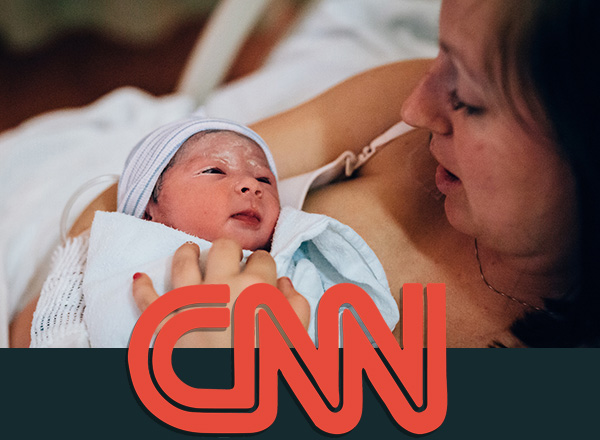The Menstrual Cycle
Each month women of reproductive age go through a cycle of fertility, the menstrual cycle.
The average menstrual cycle is 28 days, but ranges from 24 to 35 days. The menstrual cycle is under the control of various hormones secreted from the hypothalamus, the pituitary (glans of the brain) and the ovaries.
At the beginning of each cycle the hypothalamus secrets in a pulsatile manner the GnRH hormone (Gonadotropin-Releasing Hormone), which reaches and binds to the receptors of the follicle stimulating hormones (at the pituitary gland) and controls their secretion. The most important follicle stimulating hormones are FSH (Follicular Stimulating Hormone) and LH (Luteinizing Hormone). These two hormones interact with each other and with the ovarian stimulating follicular development (FSH) and ovulation (LH). Abnormal hormonal regulation leads to disturbance in the menstrual cycle.
Follicular Phase (1st-14th day of the Menstrual Cycle)
Through the influence of FSH eight to ten ovarian follicles start to grow. These follicles compete with each other for dominance, only one (or occasionally two) will continue to maturity, the rest will undergo atresia. As they mature, the follicles secrete increasing amounts of estrogens and mainly estradiol. The amount of estradiol secreted depends on the number and the size of the developing follicles.
The estrogen that follicles secrete, initiate the formation of a new layer of endometrium in the uterus, histologically identified as the proliferative endometrium. Estradiol also stimulates crypts in the cervix to produce fertile cervical mucus, which favours the survival and the transport of sperm from the vagina to the fallopian tube.
Ovulation and Luteal Phase
When the egg has matured, it secretes enough estradiol to trigger the acute release of LH. In the average cycle this LH surge starts around cycle day 13 and may last 48 hours. The release of LH matures the egg and weakens the wall of the follicle in the ovary. This process leads to ovulation the release of the now mature ovum. The fallopian tube captures the egg and provides the site for fertilization.
After ovulation the residual follicle transforms into corpus luteum under the support of pituitary hormones. This corpus luteum will produce progesterone for approximately the next 2 weeks. Progesterone converts the proliferative endometrium into a secretory lining receptive for implantation and supports the early pregnancy.
If fertilization occurs the placenda will take over the role of the corpus luteum, after the 12th week of pregnancy. If fertilization does not occur the corpus luteum is destroyed and the secretion of LH and FSH is gradually reduced.
Fertilization
The ovum stays in the fallopian tube for 24-36 hours waiting for fertilization. If the egg is fertilized it starts cellular divisions and at the same time travels through the fallopian tube to the uterine cavity where attaches itself to the endometrium 5 to 6 days after ovulation. Implantation to the uterine cavity occurs when the embryi is at the blastocyst stage, consisted of 60-120 cells.
Read more about Infertility

